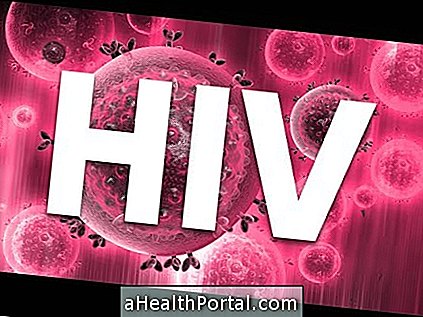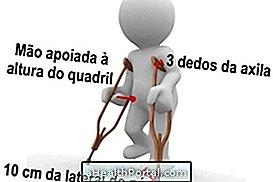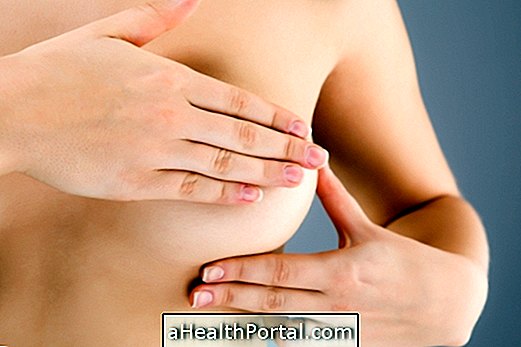The presence of sore or aching nipples is relatively common and can occur at various times in life, both in men and in women. Most of the time it is just a sign of a mild problem like clothing rubbing, allergy or hormonal changes, but it can also be a symptom of a more serious problem such as infection or cancer for example.
Normally, nipple pain disappears in 2 to 3 days and therefore does not need specific treatment, but if it lasts longer or if it is too intense it is recommended to consult a dermatologist to evaluate the region and identify the cause.

1. Friction on clothing
This is the most common cause of pain or itching in the nipple that usually arises when doing physical exercise like running or jumping, since rapid movements can cause the sweater to repeatedly rub on the nipple, irritating the skin and causing pain or itching sensation. In some cases, it may even cause a small wound to appear.
However, this problem can also happen in women who wear poorly fitting bras or people wearing synthetic clothing, for example.
- What to do : It is recommended to avoid using the material that caused the irritation, in the case of exercise, put a piece of adhesive on the nipple to avoid rubbing on the clothes. If there is a wound, you should wash the site and do the proper treatment, which can usually be done only with a healing ointment.
2. Allergy
The nipples are one of the most sensitive regions of the body and so can easily respond to minor changes, whether at room temperature, the type of soap used in the bath or even the type of clothing being used. In these cases, it is more common to feel itchy, but may also appear redness, peeling skin and even a small swelling.
- What to do : To evaluate if it is an allergy, wash the area with warm soapy water and neutral pH and avoid using the clothes you were using. If symptoms persist, it may be a sign of another problem, so it is important to consult your dermatologist. Check out how to identify a skin allergy.
3. Eczema
In cases of eczema, the nipple itching is usually very intense and persistent, and may be accompanied by the appearance of small balls on the skin, redness and dry skin. Eczema can appear at any age and there is no specific cause, and may occur through prolonged contact with water, too dry skin or stress, for example.
- What to do : Corticosteroid ointments are usually used to relieve symptoms, such as hydrocortisone, which should be prescribed by the dermatologist. However, applying chamomile compresses can also help soothe irritated skin. Here's how to do this and other home remedies.

4. Hormonal changes
Hormonal changes are the most frequent reason for the onset of severe pain in the nipple, especially when touching the site. This is because the hormones can cause a slight swelling of the mammary glands making them more sensitive.
Although these changes are more common in women due to the menstrual cycle, it can also occur in men, especially during adolescence, when many changes occur in the production of hormones.
- What to do : You should avoid touching the spot and you can also apply cold compresses to reduce the swelling, however, the pain disappears alone after a few days, when the hormone levels are balanced. If this does not happen after 1 week, consult the dermatologist or a pediatrician, in the case of adolescents.
5. Infection
Infection can occur whenever there is a change in the skin around the nipple and therefore is more frequent in people with very dry skin or breastfeeding women due to the presence of small wounds that allow the entry of bacteria, viruses or fungi.
In these cases it is more frequent to feel itchy nipple, but there may also be a sensation of warmth at the site, redness and swelling.
- What to do : An antibacterial or antifungal ointment normally prescribed by the doctor is usually prescribed according to the microorganism that is causing the infection. However, while waiting for the appointment, it is important to keep the area clean and dry, and it is a good option to keep your nipples in the air for the maximum amount of time.
6. Pregnancy
Pregnancy is a period of a woman's life in which the body undergoes different changes, one of which is the growth of the breasts. When this happens, the skin needs to stretch and so some women may feel a slight itch in the nipple region.
- What to do : The best way to prepare the skin for gestation changes, and avoid stretch marks, is to moisturize the skin well. For this it is recommended to use a cream for very dry skin, such as nivea, neutrogena or dove, for example.

7. Cracks
Cracked nipples are another very common problem in women, which arises during breastfeeding and can cause itching that progresses to pain. In some cases, the cracks can be so severe that the nipples may even bleed.
- What to do : pass a few drops of milk, after breastfeeding, on the nipple and let it dry naturally, without covering with clothing. Afterwards, a protective ointment may be given by washing the nipple before putting the baby to breastfeed. See more tips of what you can do.
8. Paget's disease
Paget's disease can affect the nipples and when this happens, the main symptom is the occurrence of constant itching at the nipple. This disease is a type of skin cancer of the nipple and therefore should be observed by a dermatologist as soon as possible.
Other symptoms that may indicate Paget's disease include changes in nipple shape, rough skin or fluid release.
- What to do : If there is suspicion of any type of cancer in the nipple or breast it is advised to go immediately to the dermatologist and start the appropriate treatment, which is usually done with surgery and chemotherapy.
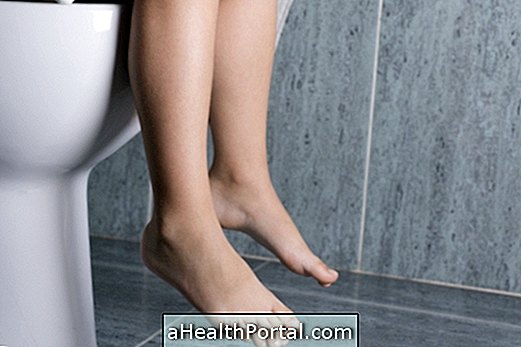

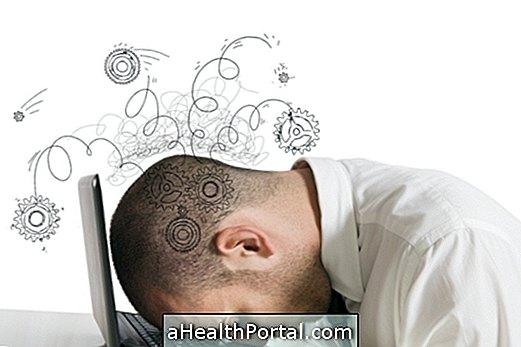

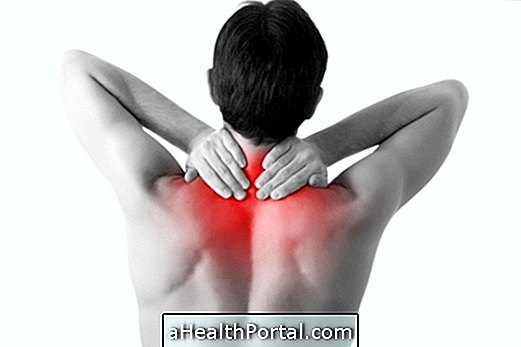
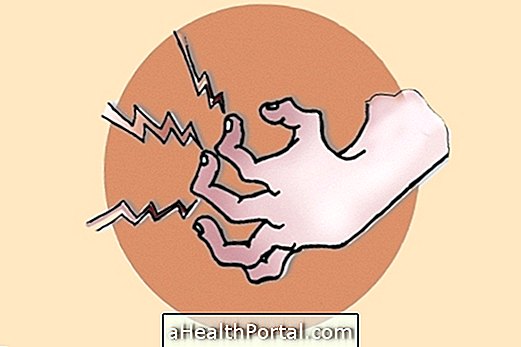


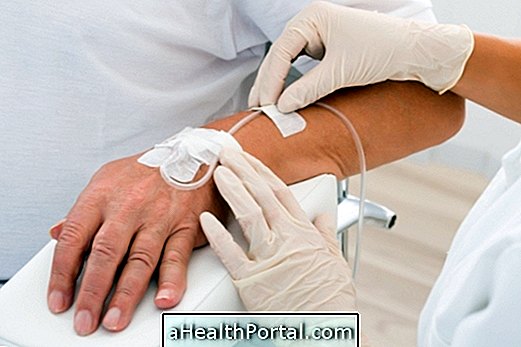
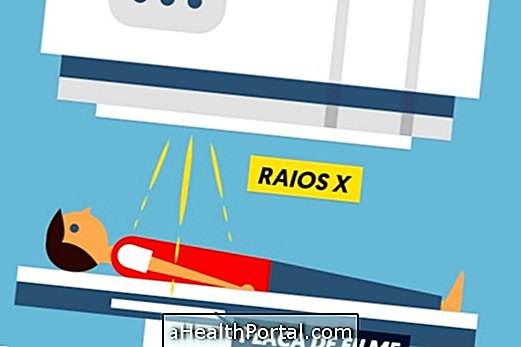
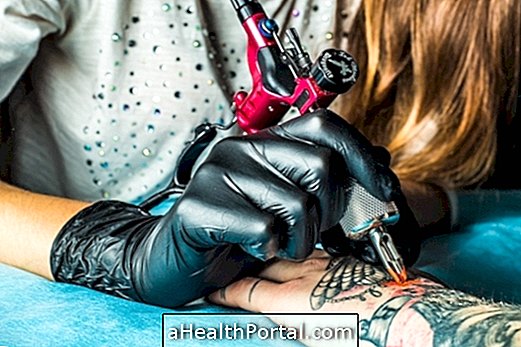

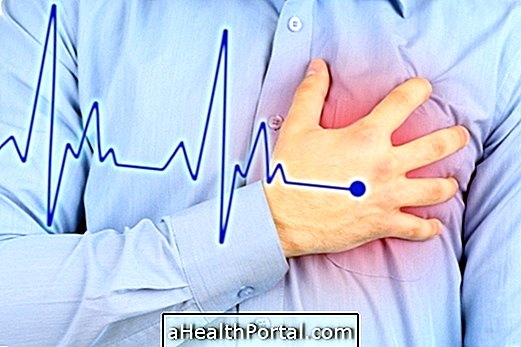
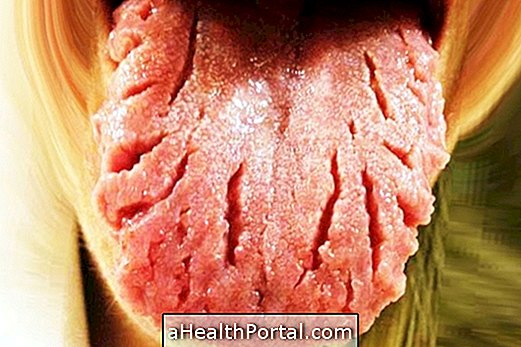
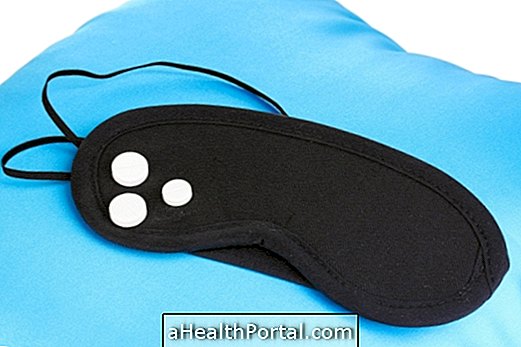

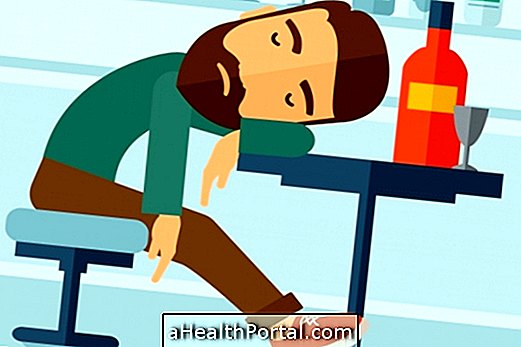

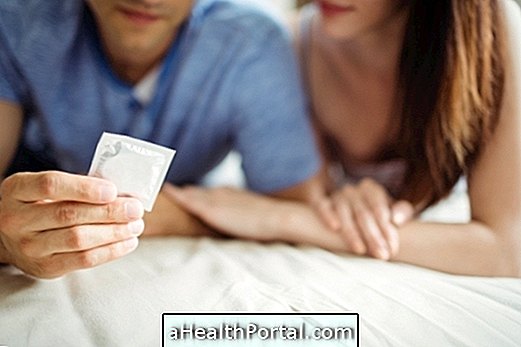

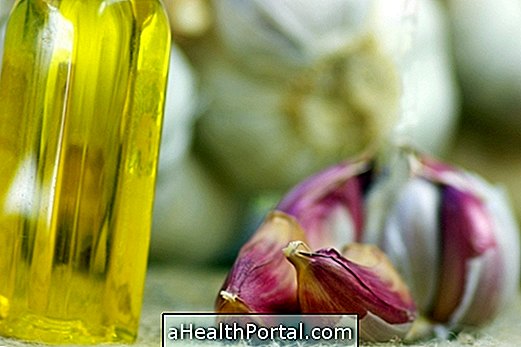
-o-que--causas-e-tratamento.jpg)
